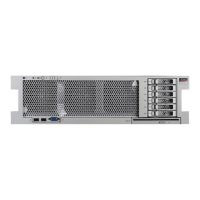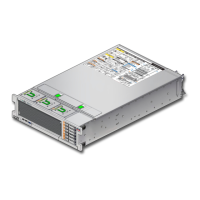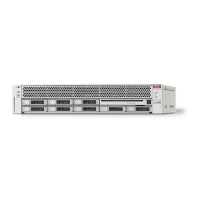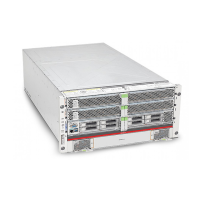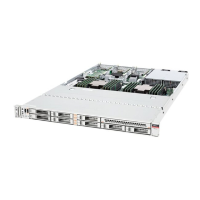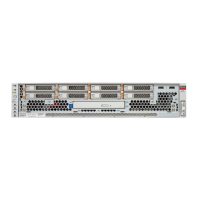Detecting and Managing Faults
When a SPARC T7 server encounters a fault, the fault is recorded in a common fault database.
The fault is then reported by the server in one of several ways, depending on the type and
severity of the fault.
These topics explain how to use various diagnostic tools to monitor server status and
troubleshoot faults in the server.
Step Description Links
1. Check the server for detected faults and for
information about components that might require
service.
“Checking for Faults” on page 29
“Interpreting LEDs” on page 35
2. Perform additional troubleshooting if needed. “Performing Advanced Troubleshooting” on page 40
3. Manage faults following a service procedure. “Clear a Fault Manually” on page 45
4. Contact technical support if the problem persists.
https://support.oracle.com
Related Information
■
“Identifying Components” on page 13
■
“Preparing for Service” on page 47
■
“Returning the Server to Operation” on page 171
Checking for Faults
Use these tools to identify components that require service.
Step Description Links
1.
Run the fmadm faulty command to
display information about components
that require service.
“Log In to Oracle ILOM (Service)” on page 30
“Identify Faulted Components” on page 31
Detecting and Managing Faults 29

